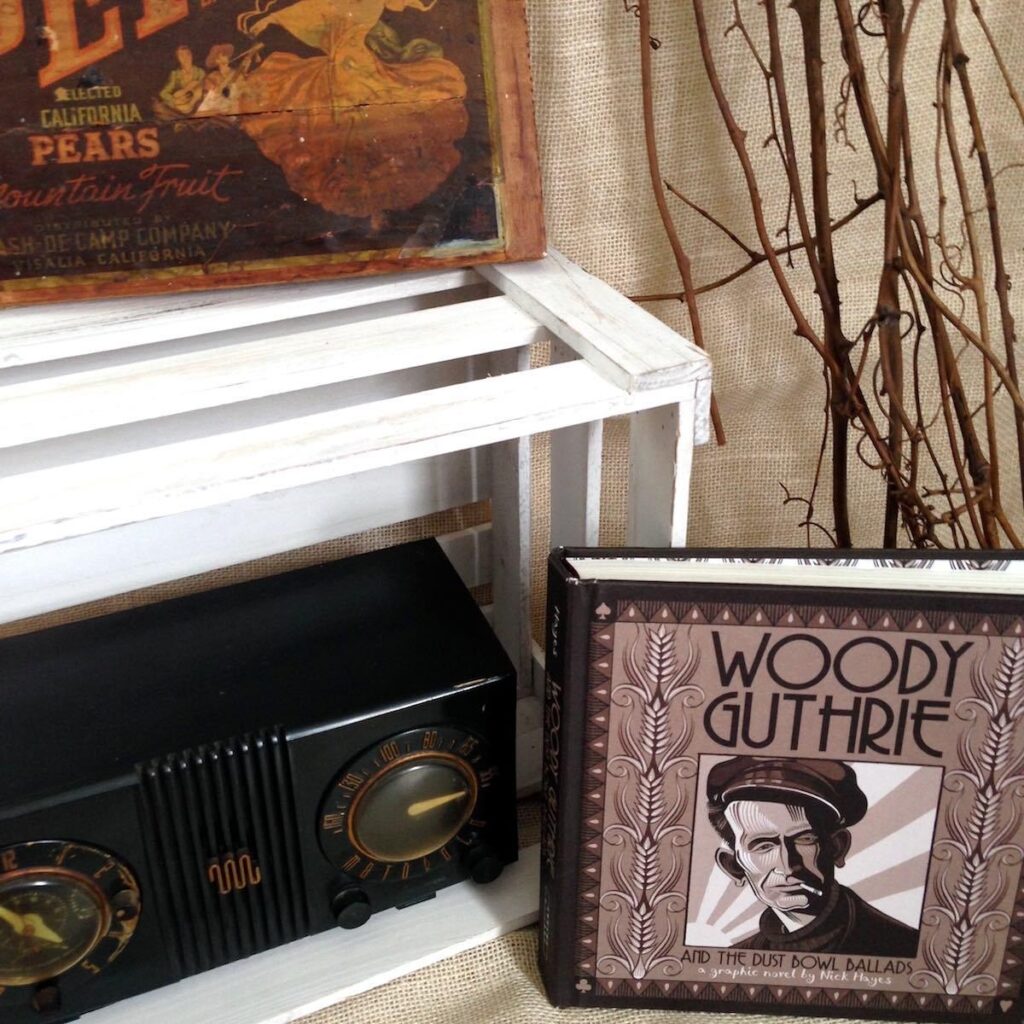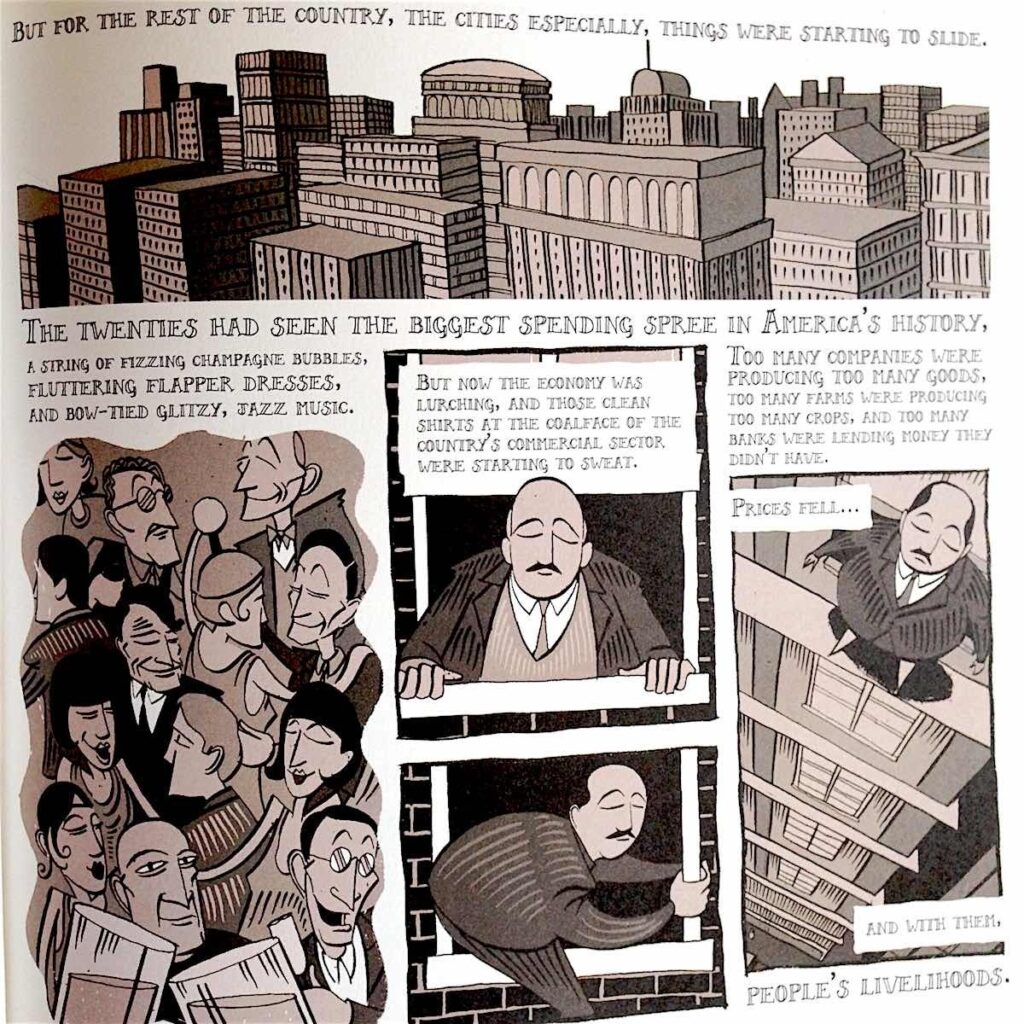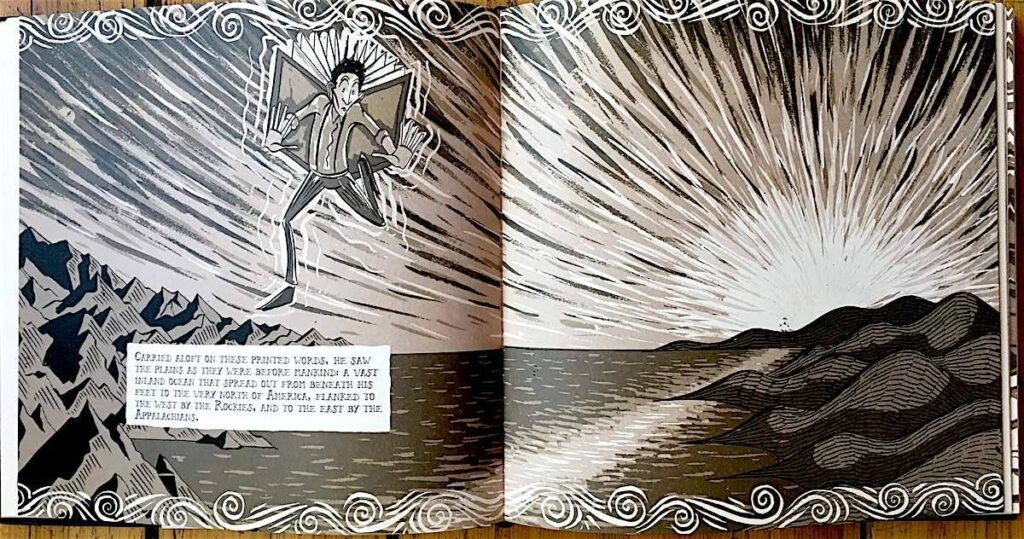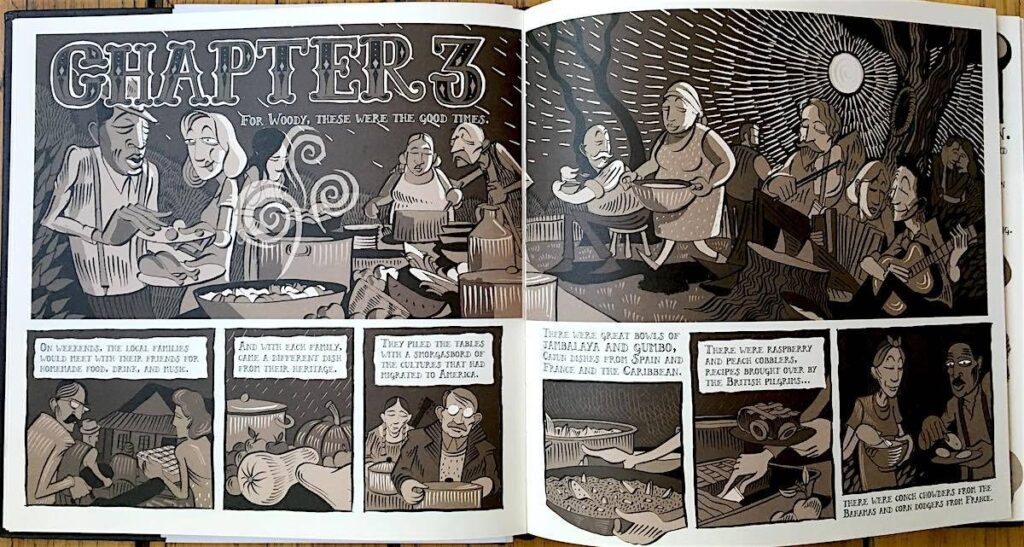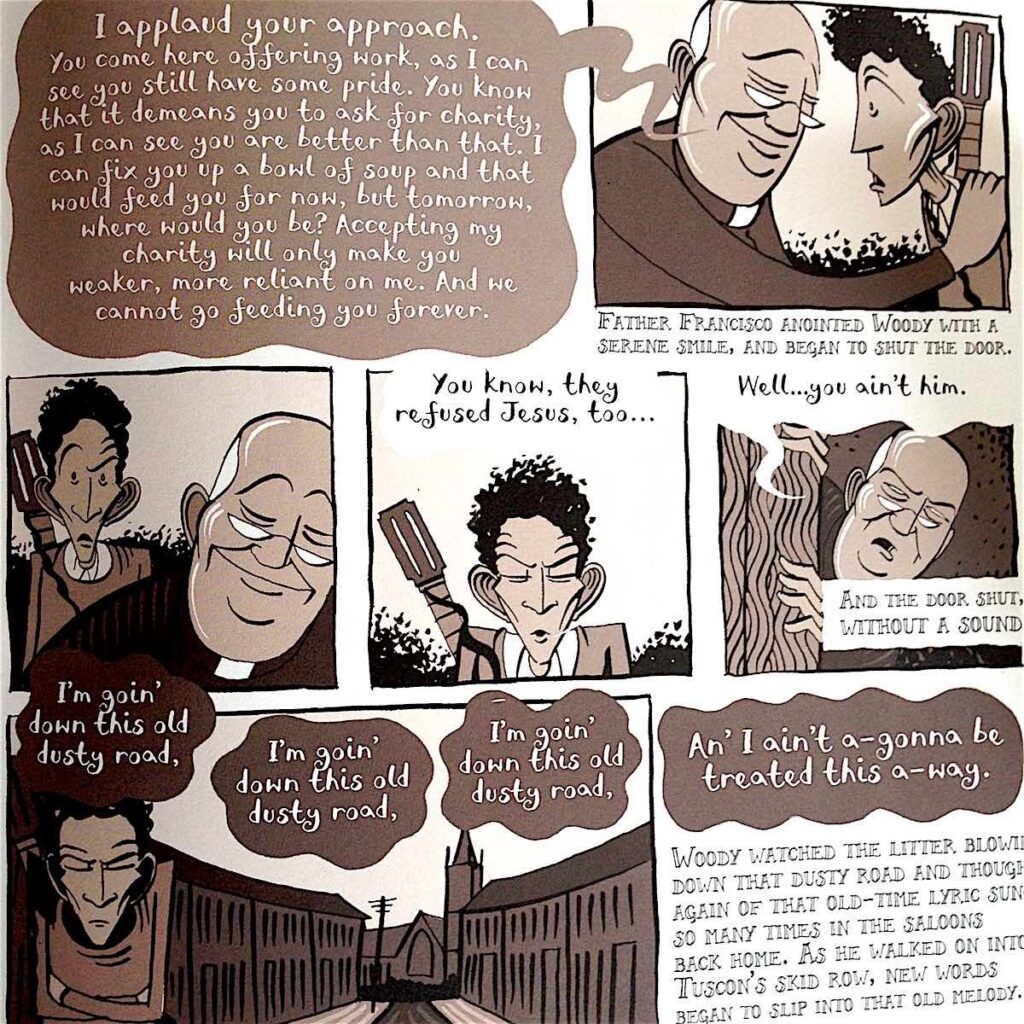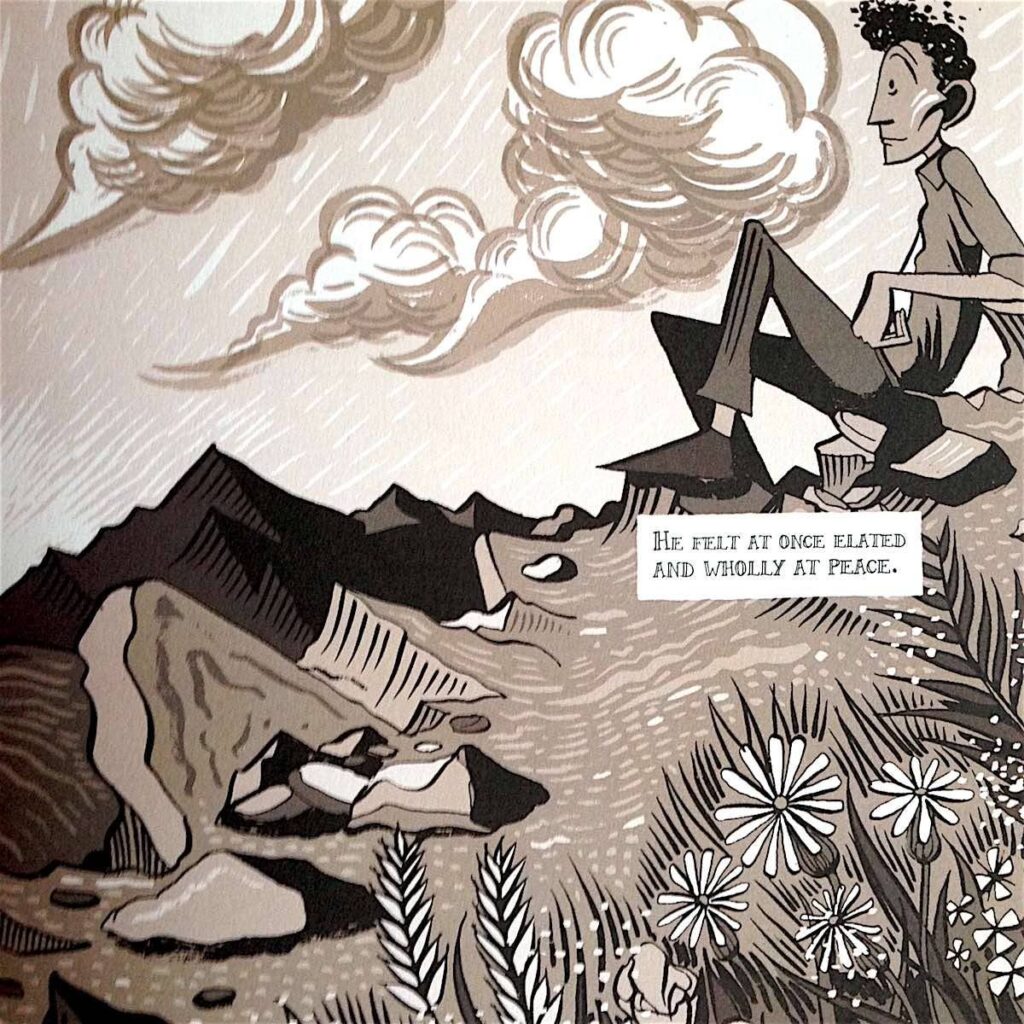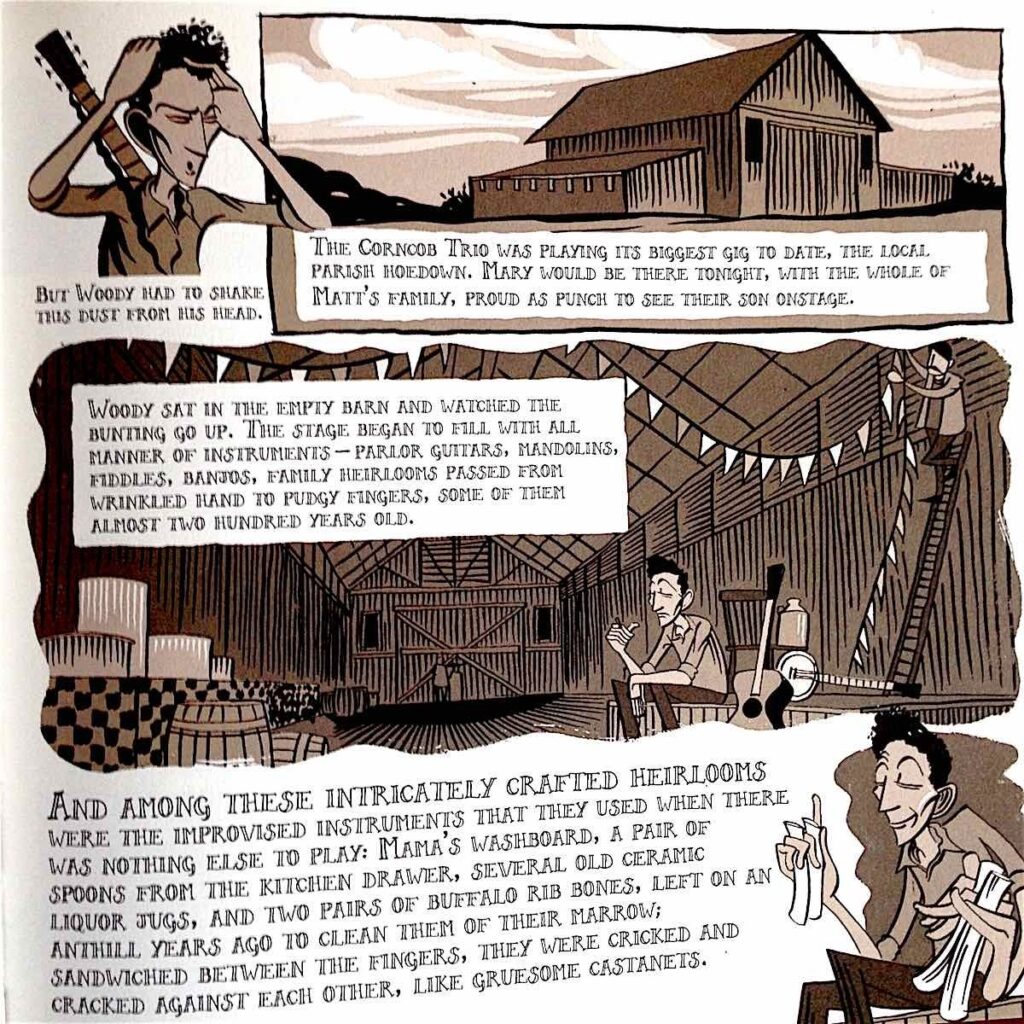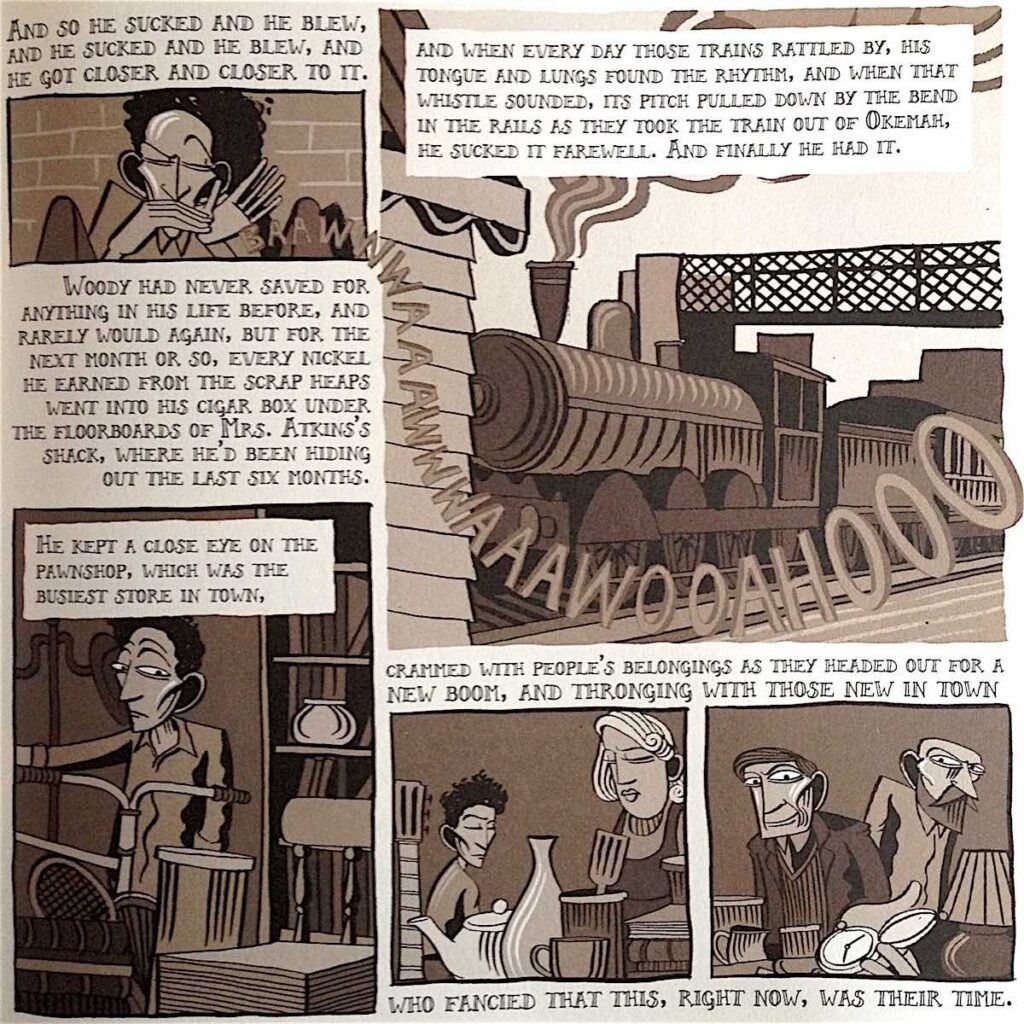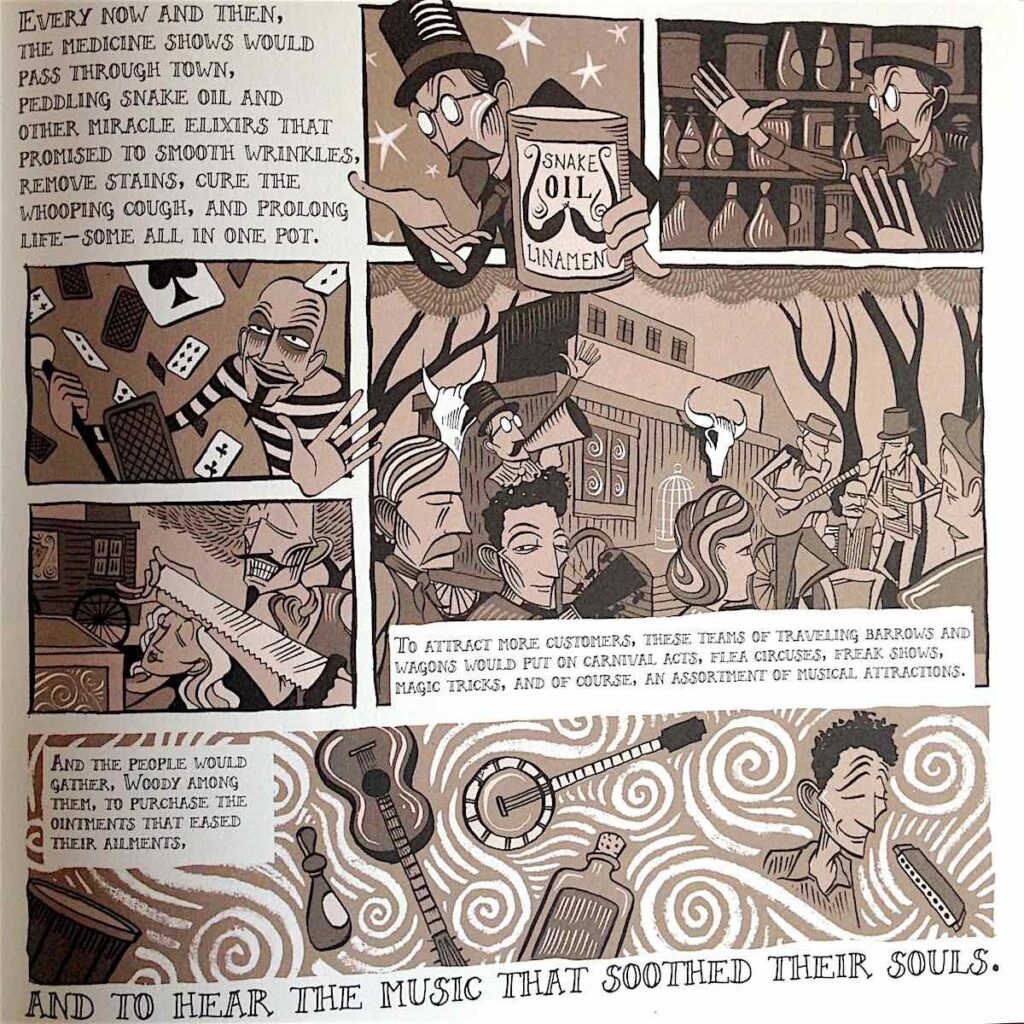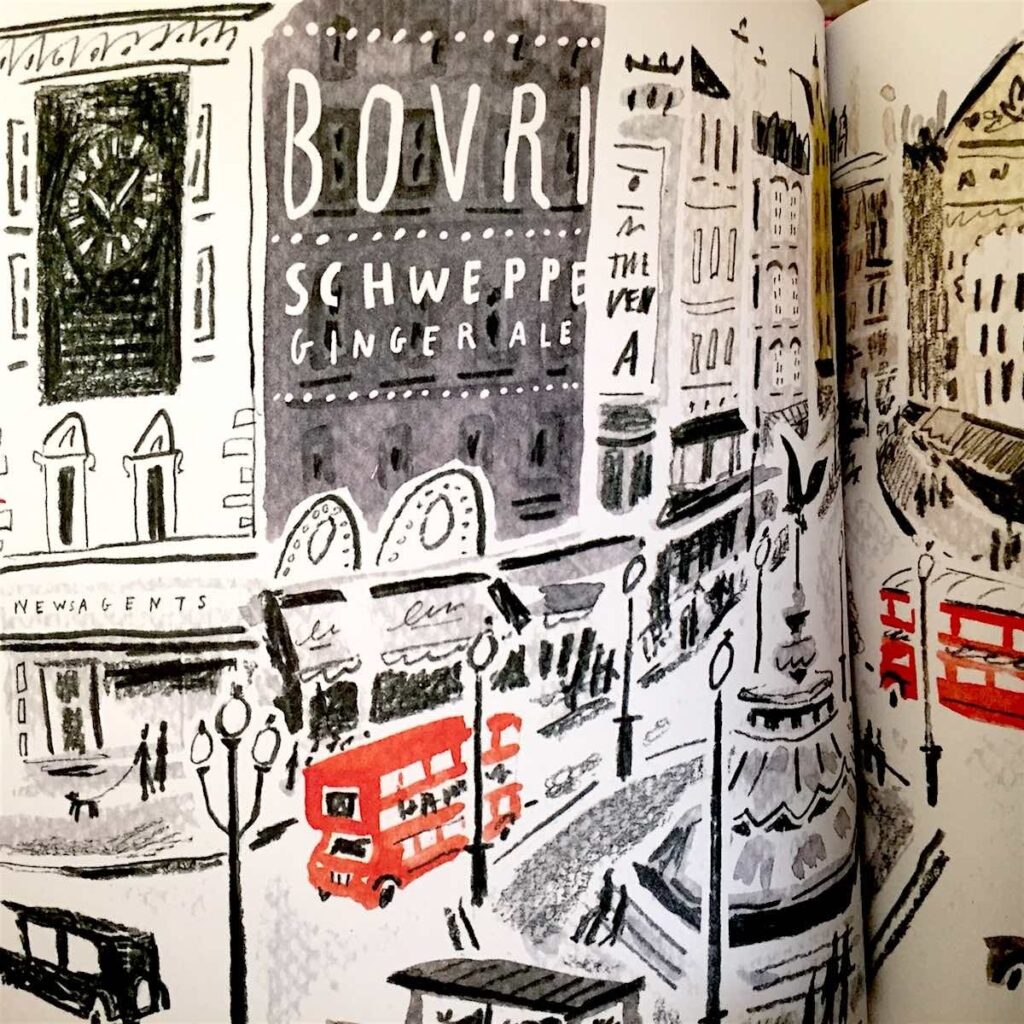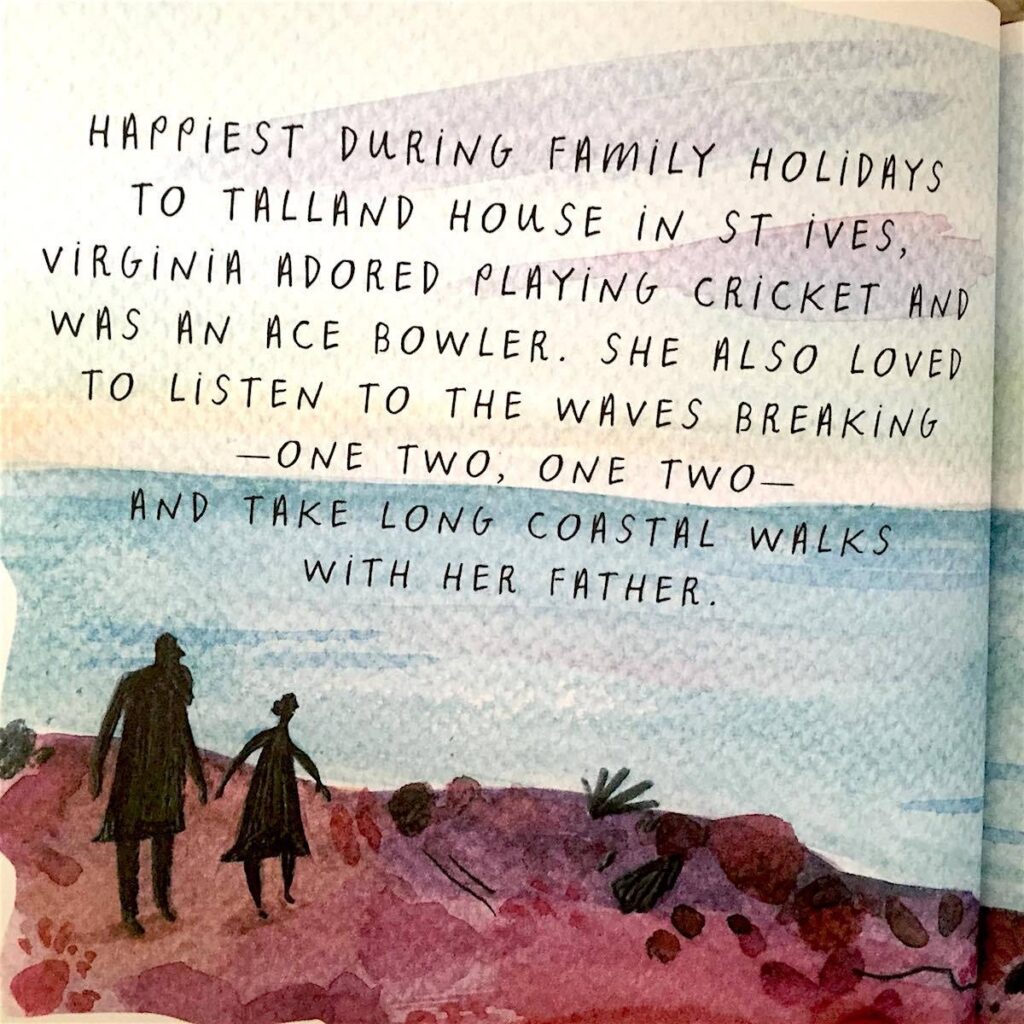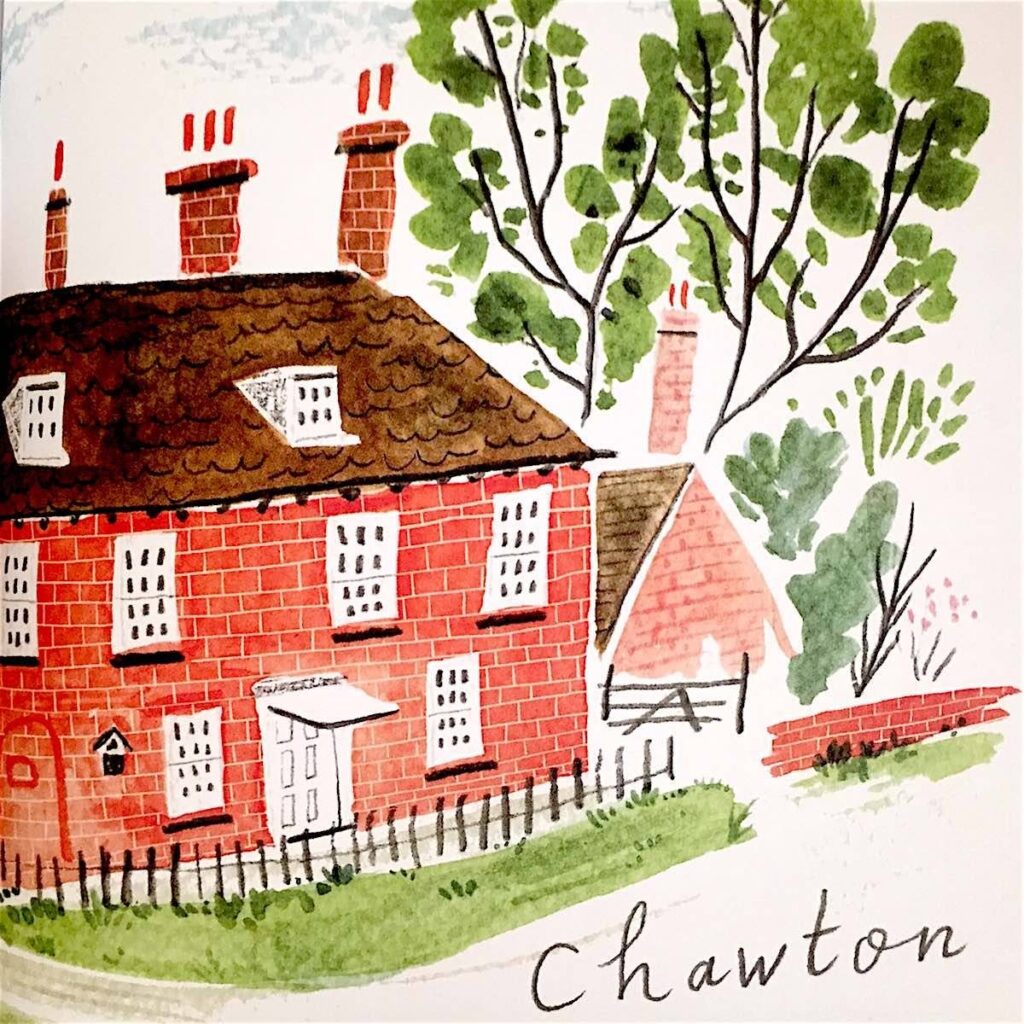Infrastructure
Guide to industrial landscape
For years, illustrator R. Crumb has kept sketch books filled with power lines and other everyday urban “junk” as reference for his work. To paraphrase: it’s easier to copy than it is to invent, let alone comprehend. Of course, all that industrial bric-a-brac doesn’t have to remain a mystery.
Combining photos and clear, occasionally poetic descriptions, this thorough almanac deconstructs the general architecture and much of the minutiae found throughout the modernized world. From power and water plants to railroads, highways, airports, bridges, dams, docks, municipal dumps, and industries like ag and mining, the book illuminates the subtle and not-so-subtle: Manhole covers are round, making them easy to roll and impossible to fall in; huge rotary kilns force water out of mineral products; AEI scanners monitor railroad cars; the rooflines of mill buildings cascade since these operations use gravity to move materials from one section down to the next.
The industrial ecology of a utility pole (excerpted below) and drill down on the power grid is what first hooked me. Choke coils, lightning arresters, bushings? I couldn’t have picked them out of a police line-up if my life depended on it. Not anymore!
Excerpts & photos available at Industrial-Landscape.com
03/27/09Excerpt
The Industrial Ecology of a Utility Pole
From top to bottom, here are some of the species you might observe in the utility-pole ecosystem:
- Primary distribution lines for electric power. These are the topmost wires. They are usually hung on a crossarm, and they come in groups of three, mounted on big insulators.
- Switches, fuses, and surge arresters. These connect to the primary distribution lines.
- Transformers. They are mounted below the primary distribution lines but above the secondary ones, with connections to both.
- Secondary distribution lines. Just below the transformer level, they are rubber-sheathed conductors carried on spool-type insulators or twisted around a steel messenger cable.
- Street-lighting fixtures. They draw their power from the secondary circuits.
- Traffic signals. These too are powered by the secondaries. The signal lights are often hung from a steel cable stretched between utility poles.
Everything from the top of the pole down to this level is the domain of the power company. Below is the realm of the communications lines, which operate on lower voltages and therefore don't need to be kept quite as far out of reach...
- Cable television feeders. These may be finger-thick coaxial cables, in either a black plastic sheath or a bare metal jacket. In newer systems the trunk lines that carry signals over longer distances are fiber-optic cables.
- Telephone cables. Often the thickest of all the wires strung on a pole, they are actually bundles of dozens or hundreds of pairs of fine copper wires. Fiber-optic cables also show up at this level.
Still lower -- indeed, reaching the ground -- are some wires that ought to have no voltage at all on them.
- Guy wires. Their function is strictly mechanical; they help to hold the pole up. There may be an insulator inserted into the guy wire for safety, iin case a power conductor should tough the upper part.
- Grounding lead. A pole with a transformer generally has a copper grounding wire that runs down the side of the pole and into the ground.
Finally, at eye level, comes the bottommost ecological stratum of the urban or suburban utility pole:
- The yard-sale zone, where the wood bristles with a thousand rusty staples.
*
not a tree: disguised cellular telephone antenna tower, Cary, NC
*
sewage-sludge digesters, Deer Island, MA
Infrastructure: The Book of Everything for the Industrial Landscape Brian Hayes 2006, 512 pages $39 (used)






